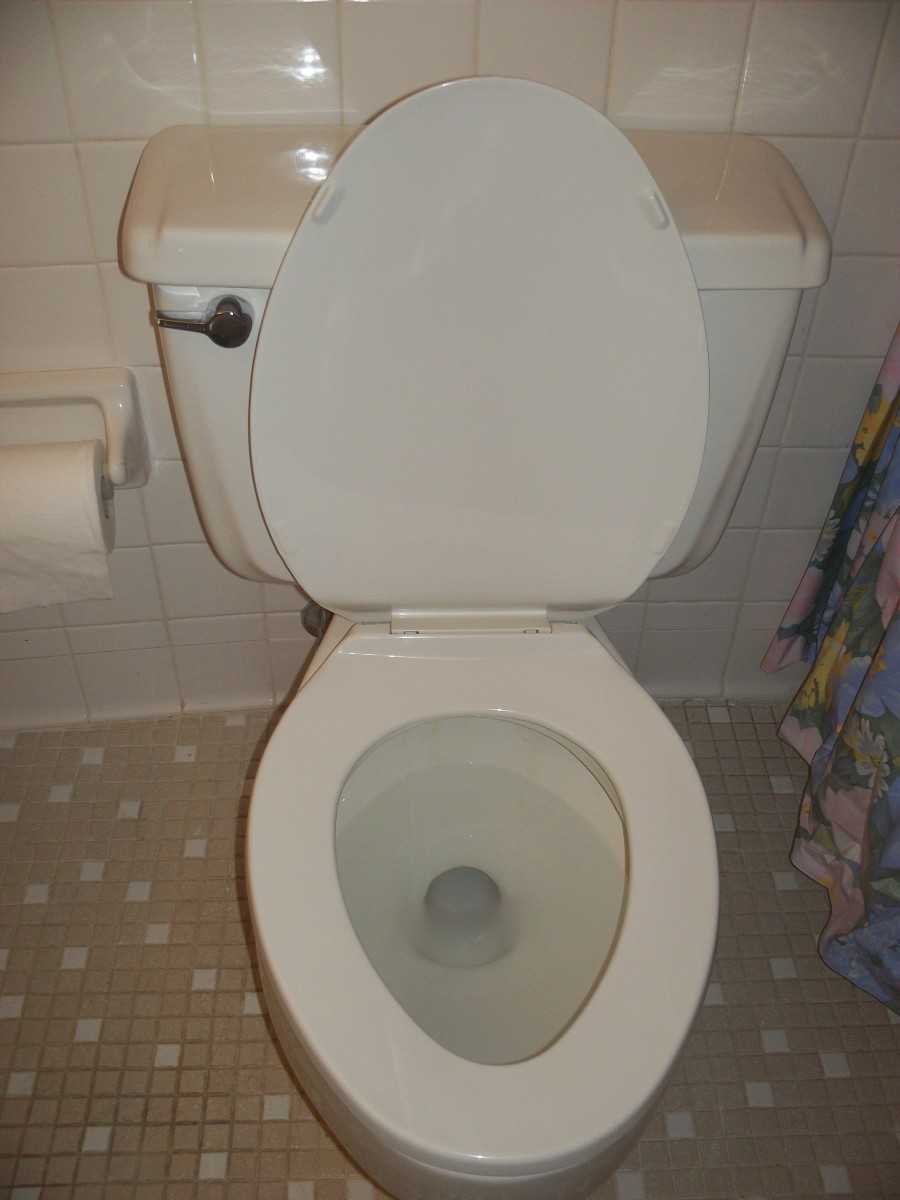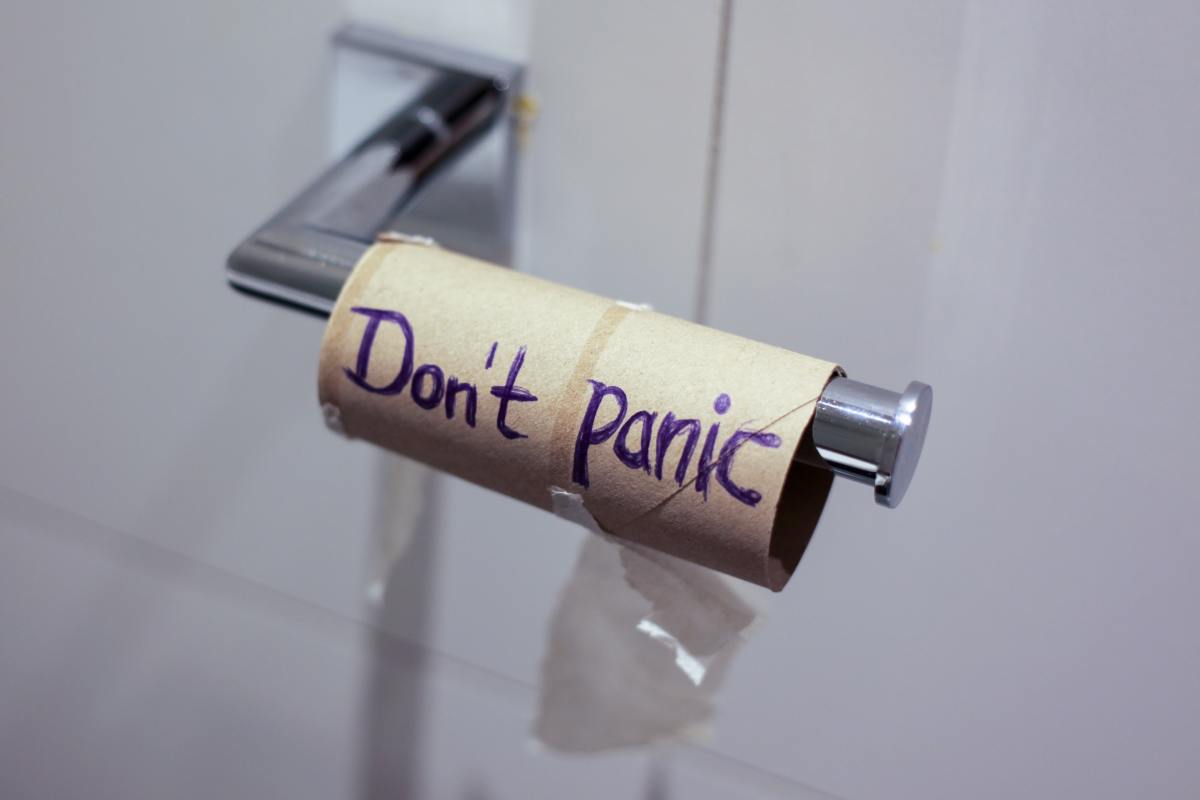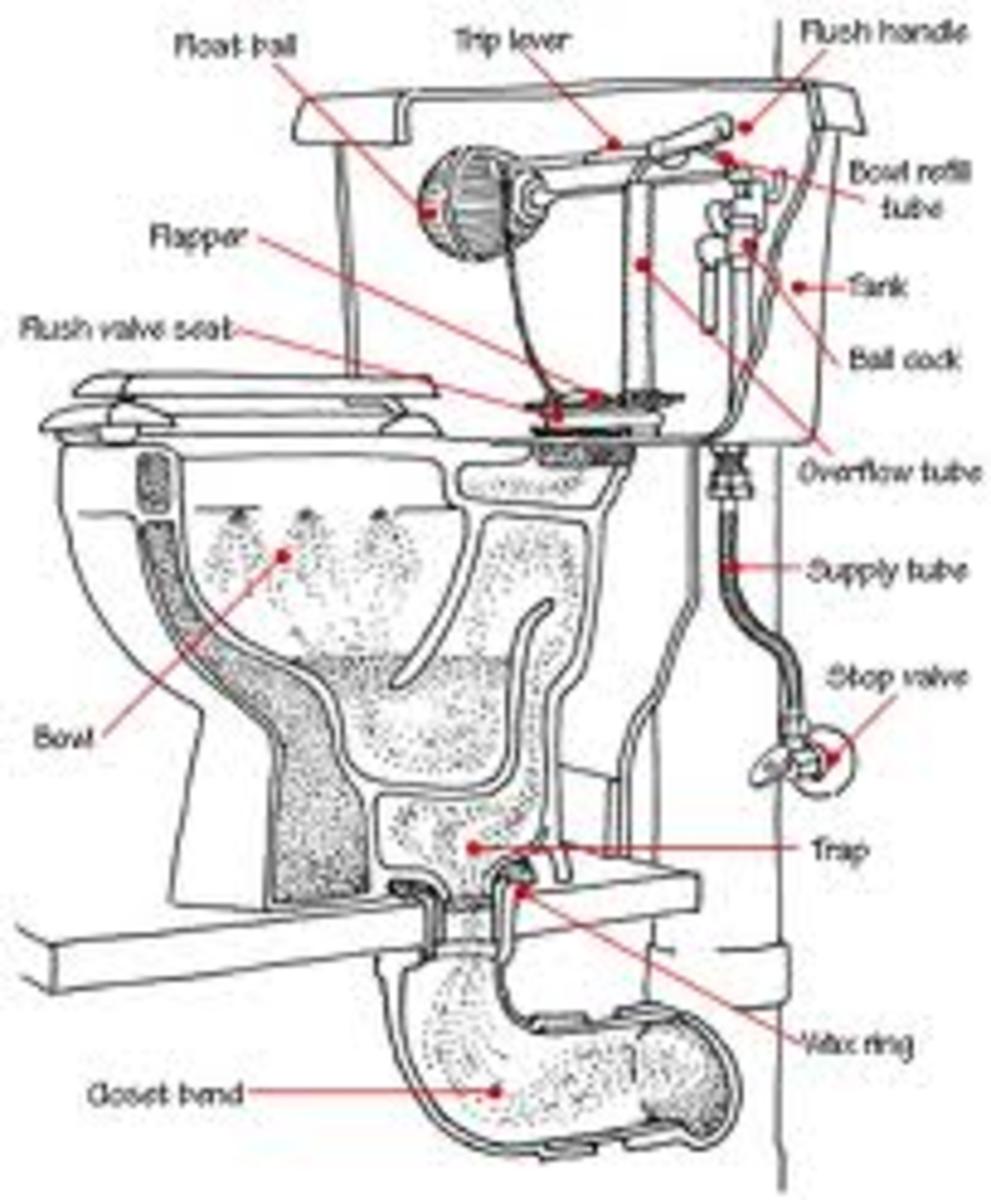Royal Flush: Brief History of Toilets

“In days of old, when knights were bold and toilets not yet invented, they dropped their load by the side of the road and went on quite contented.” Yes, it’s a childish poem, but one which points out the fundamental truth. And before relatively recent improvements in society’s hygiene habits, humans lived in unsanitary conditions for thousands of years.
For the most part, there were few who dared write on the subject since the academic and socially elite viewed the topic as vulgar. However, it was only in the 16th century technology advanced to a point where there were primitive toilets in houses. Interestingly, there were no gender oriented toilets until a restaurant in Paris incorporated them as a means to boost business in 1739. And before anyone asks, American Joseph Cayetty is credited with inventing toilet paper in 1857, although use of paper for cleaning one’s backside has been said to date back to the 6th century.
Contrary to popular belief, Thomas Crapper didn’t invent the toilet, although his name aptly describes the contraption. Crapper filed nine patents between the years 1881 to 1896. Thomas Crapper’s name didn’t become associated with toilets because of his designs, but for his prowess in salesmanship. The British plumber established sanitation showrooms and imprinted his last name on the merchandise he sold.
It was Sir John Harington who designed his revolutionary water closet design about 300 years before Crapper in 1596. His godmother, Queen Elizabeth I, was the first to install one in Richmond Palace. It worked by means of a water cistern sitting above the toilet bowl. When the water was released into the bowel it flushed the waste into a collection container under the floor. The container still had to be routinely emptied. Prior to this innovation, people used chamber pots and tossed the contents outdoors.
The importance of the toilet and human waste disposal throughout history is often overlooked…but not by all. In New Delhi there is the Sulabh International Museum of Toilets which traces the history of toilets for the last 4500 years. Following is a brief timeline:
· 2500 B.C. Homes in western India had toilets with water drainage channels covered with fired brick.
· 1700 B.C.Rulers on the Isle of Crete had bathrooms with hot and cold water and Public facilities in Rome used flowing water as a means to remove human waste.
· 1596 Sir John Harrington designs first flush toilet in England and becomes a laughingstock. He gives up his career as an inventor.
· 1775 Alexander Cummings reinvents the “water closet” using an S-trap to contain sewer odors.
· 1885Thomas Twyford replaces metal and wood toilets with an all-porcelain design.
· 1870 John Randall Mann patents a three-pipe water closet, utilizing the suction force of a siphon.
As one can readily see, ancient civilizations have been devising ways to dispose of human waste products since time immemorial. Archaeologists have uncovered ruins indicating ancient Chinese may have engineered a basic flush toilet around 206 B.C.
But it was Harington’s modern flush toilet design that became popular around England and Europe in the 18th and 19th centuries. By the time Crapper came on the scene, the toilet had already undergone a number of improvements.
Scott Paper began marketing the first rolls of toilet paper in 1896 and nearly a century later in 1922 U.S. Congress passed legislation requiring new toilets to be more water conservative. Manufacturers were required to build toilets which used no more than 1.6 gallons per flush, instead of the existing 3.5 gallons.
When it comes to the toilet, commode, porcelain throne, or whatever one may call it, there seems to be quite a few questions people ask about it. The most frequently asked, according to museum officials, is why most toilet seats have a break in front and others don’t.
The “open front” toilet seat as it is called, affords more sanitary conditions and better comfort. The reason open front seats are so widely used in the U.S. is due to section 409.2.2 of the Uniform Plumbing Code. The code has been adapted into law, in whole or part, by most states.
And then there is the age old controversy whether to leave the seat up or down. The survey says…down! Many said the lid should also be down. That’s why it’s there isn’t it?
Mariners have long referred to toilets aboard ships as a “head.” What is the origin of this nautical term? As early as 1485, it referred to the bow of a ship. It wasn’t applied to a ship's toilet until the early 1700s. It was usually located at the head of a ship so waves of seawater could clean it.
Up until recently the subject of toilets was considered taboo in some circumstances, such as being shown on television shows or movies. The first toilet to make an appearance on television was in the pilot episode of Leave it to Beaver called Captain Jack in 1957. Wally and the Beaver ordered a baby alligator through the mail and hid it in the toilet tank. And even then, the "seat" portion of the toilet was never shown, only the tank. Apparently, people in the earlier 50s didn’t go to the bathroom.








